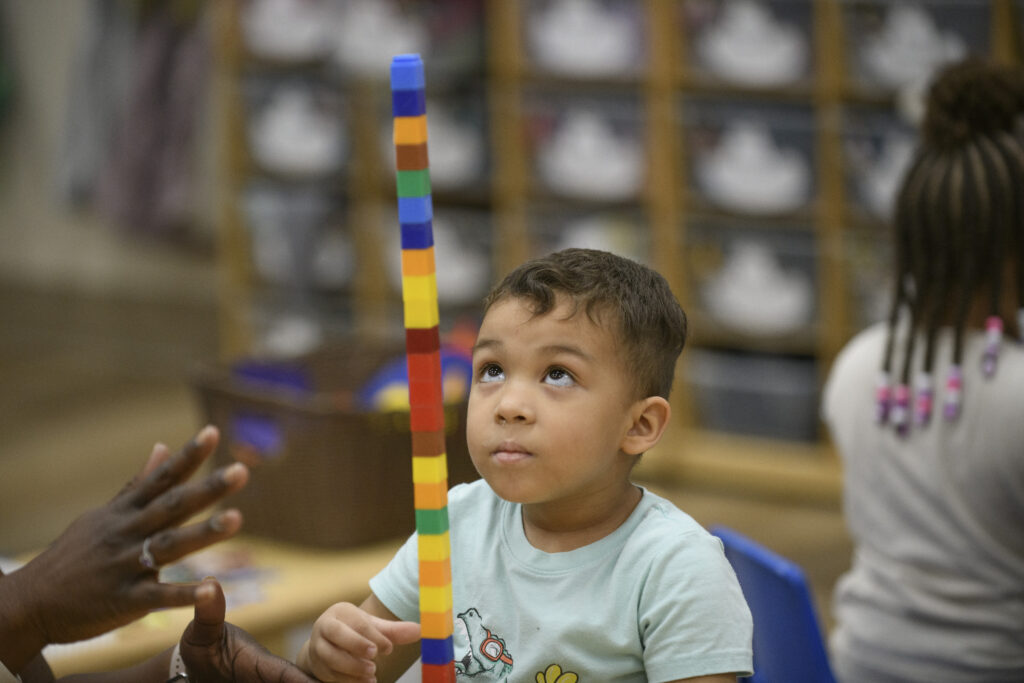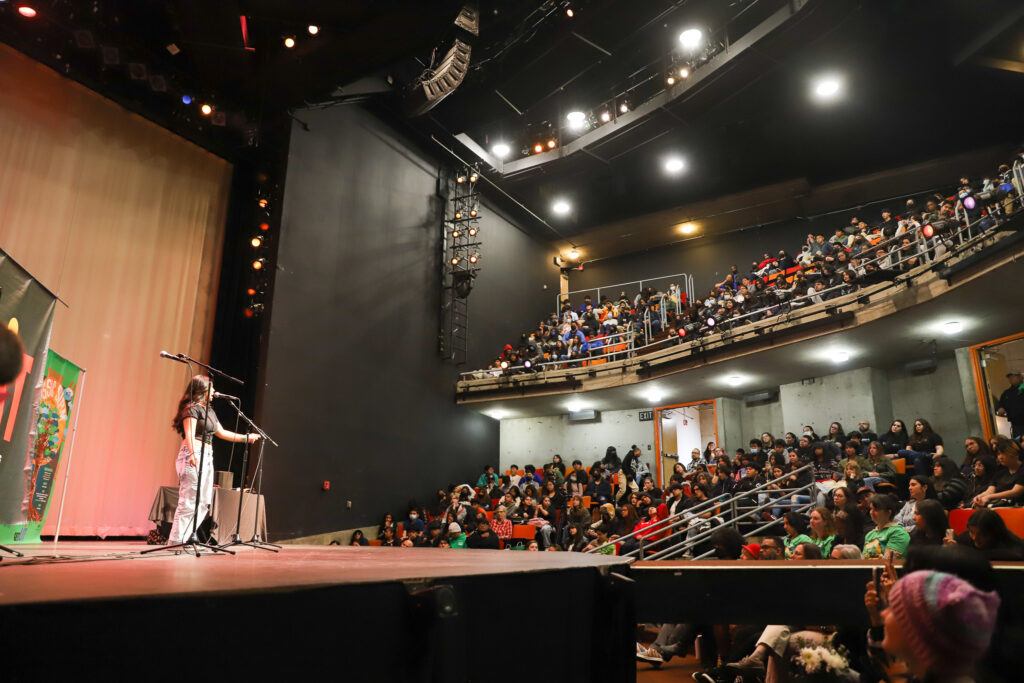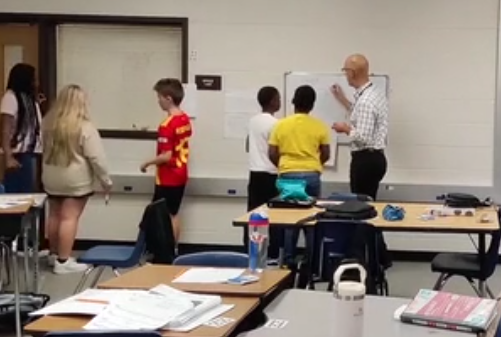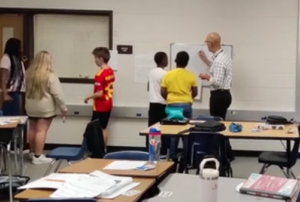
Credit: Randall Benton / EdSource
Michael Olenick has spent his life pondering the preschool years. His mother, a childhood development professor, was one of the first Head Start teachers back in the 1960s, so he started preschool at age 3.
 credit: CCRC
credit: CCRCIn some ways, he has never left that space. Olenick, a lifelong advocate for children and families and president of the Child Care Resource Center, a California-based advocacy organization, has long been a champion of early childhood education, having seen its power to uplift lives firsthand. But he worries that the educational system often pits the needs of one age group of children against another.
For instance, he worries that the rollout of transitional kindergarten, or TK, not only has undermined the preschool sector by stealing away some of its 4-year-olds. He also notes that TK is poised to run into a number of speed bumps ahead, including a lack of facilities and the need for more child developmental training, as it reaches full implementation in the fall.
Olenick, who received his Ph.D. from UCLA in educational psychology and has shaped the field with influential research on the importance of quality child care, recently made time to chat about his passion for early education and what he sees as the key challenges facing TK.
What fascinates you most about early ed?
My mother said that I always liked kids because I always had to be there in her classrooms. To me, it’s the most hopeful period of time, the opportunity to change kids’ trajectories the most. It’s the most hopeful time in life.
What are the biggest challenges in the expansion of TK? Do you worry about too much academic rigor, potty training incidents, the need for nap time?
All of those issues. In the ’80s I evaluated hundreds of preschool programs and kept running into large numbers that were drilling children on colors, numbers and letters for inordinate amounts of time. Boys had a harder time with this than girls. In looking at teacher qualifications, I saw lots of certificated teachers who were doing the drilling. I realize that’s a long time ago, but I keep hearing from colleagues seeing the same thing now. That’s why we pushed for early childhood education units for TK teachers. The other issue that comes up is many schools are designed for children to go to the bathroom unescorted. Four-year-olds can get lost there.
What do you think is the root source of the problem? A lack of understanding of child development, like the realities of potty training?
I don’t think most current teachers understand early development. Over time, this may right itself if they get the education they need. But principals have to have the expectation that TK is not first grade. Also, teachers do not generally handle toileting issues, and schools are not designed for 4-year-olds.
Is the academic pressure too high today?
I recently got an email from my first adviser at UCLA saying she went to half a dozen TK classrooms, and it looked like first grade. I wrote her back and I said, I told you so. We don’t have enough people yet that understand that kids learn differently. People learn at different rates, and we try to put them all into the same box and have them all learn stuff at the same time. Some of them are just not ready yet. You have to individualize instruction.
Why do you think the TK take-up rate has been more sluggish than expected?
Some of the biggest challenges are in rural districts, where they can’t get a very large number to attend, and the lack of child-sized facilities, especially easily accessible bathrooms. Also, I don’t buy the part about this helping all lower-income children because their parents need a full-day, full-year solution, not just three hours. For families who have a predictable schedule, a 9-to-5 job, TK with aftercare probably works pretty well, but some families need more flexibility.
Why are small ratios so important?
There has always been the rationale for safety. But more recent literature focuses on individual interactions between adults and children, and the fewer children per adult increases interactions, learning and attachment.
Why is play so key in TK?
Play is so important. I’ve heard from several TK program directors who said it took their administrators five years to recognize that play was learning. It’s not just the teachers that need to be trained on what’s developmentally appropriate; it’s important for principals, too. You know, a principal comes into a classroom and expects to see that teacher up in front of that class teaching. So if you go in and you see all these kids are playing, you may not realize they are being taught. It’s all about how you structure things in the classroom because you can get the same results in a play environment. You don’t have to drill kids.
Do you think we focus on setting a solid preschool foundation too much when financial stability may be more important for families?
It’s at least as important. We do a lot of work with families that are below the federal poverty line, the poorest of the poor. There are classrooms where there are kids who seem to be defiant. There was one kid who, it turns out, was deaf, and it took a long time to get him checked. He wasn’t being defiant; he just couldn’t read our lips. We have to work to give families what they need.









